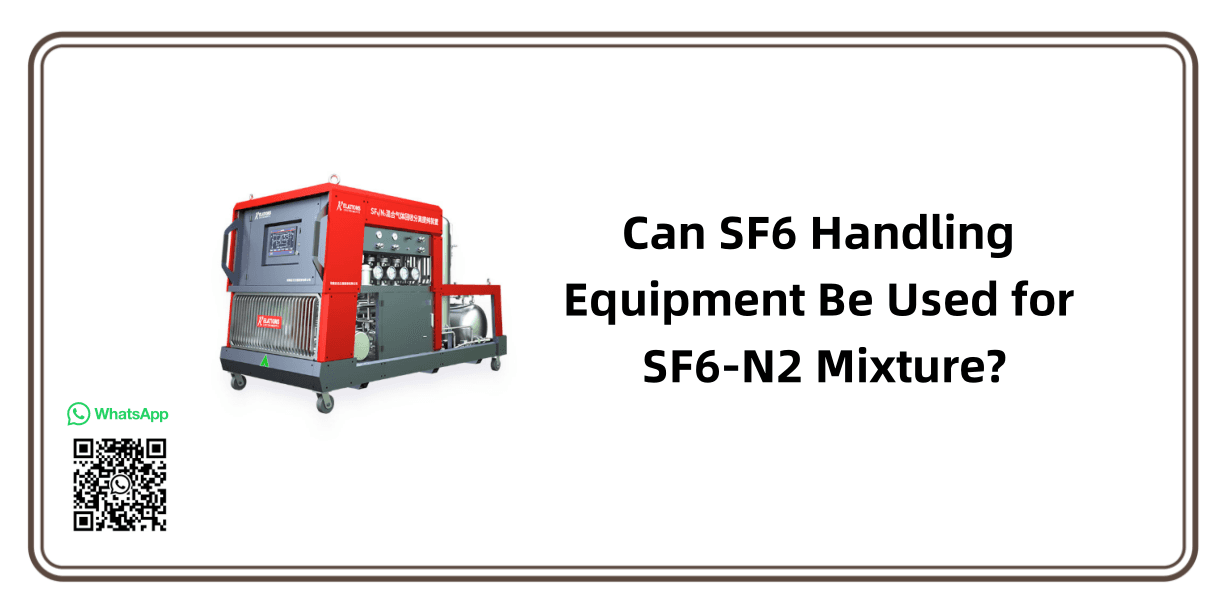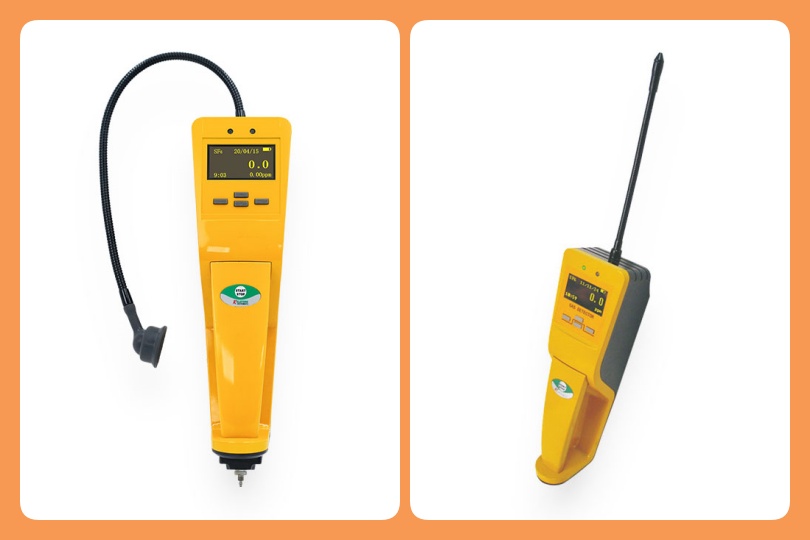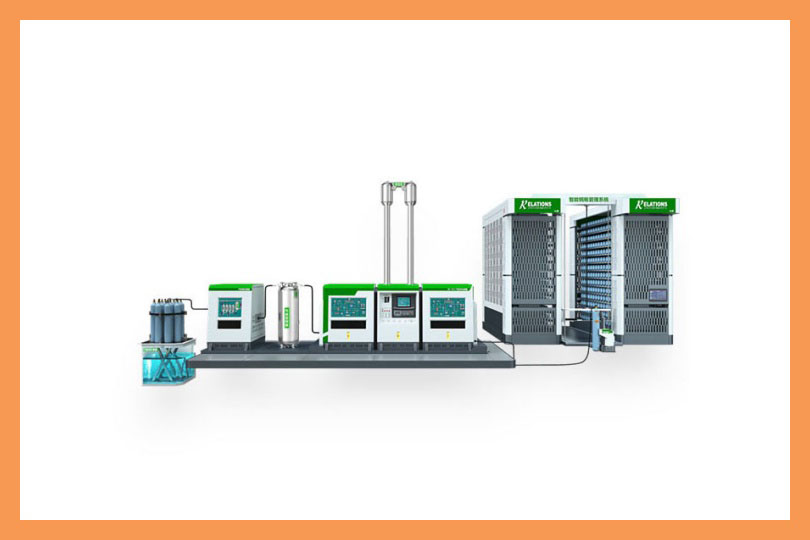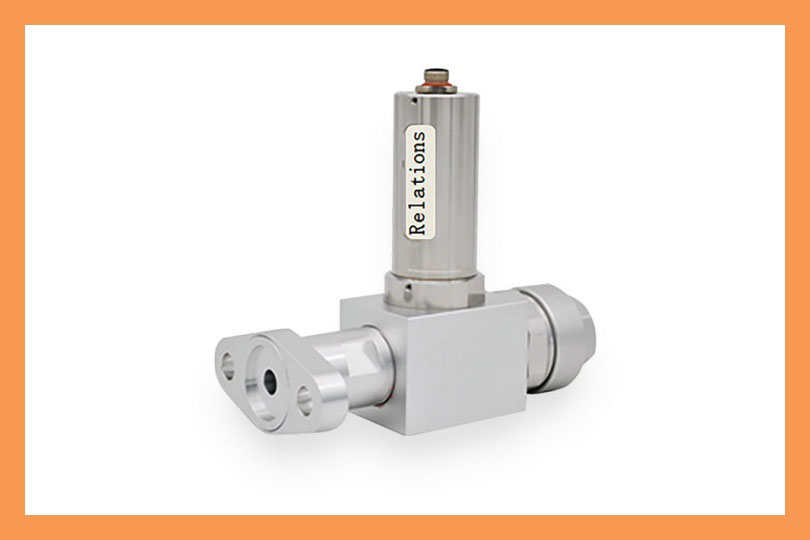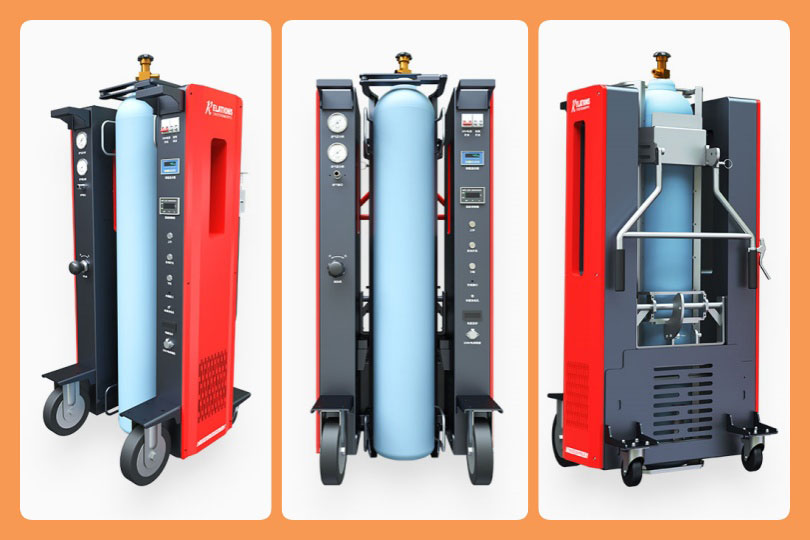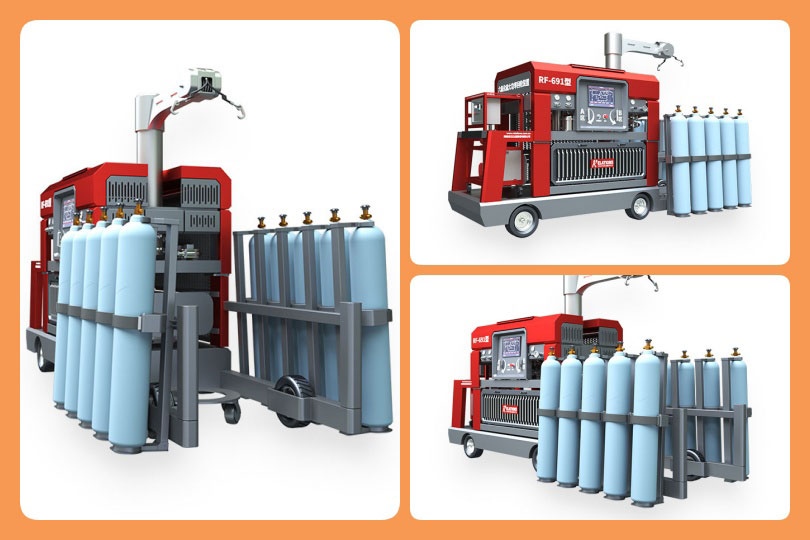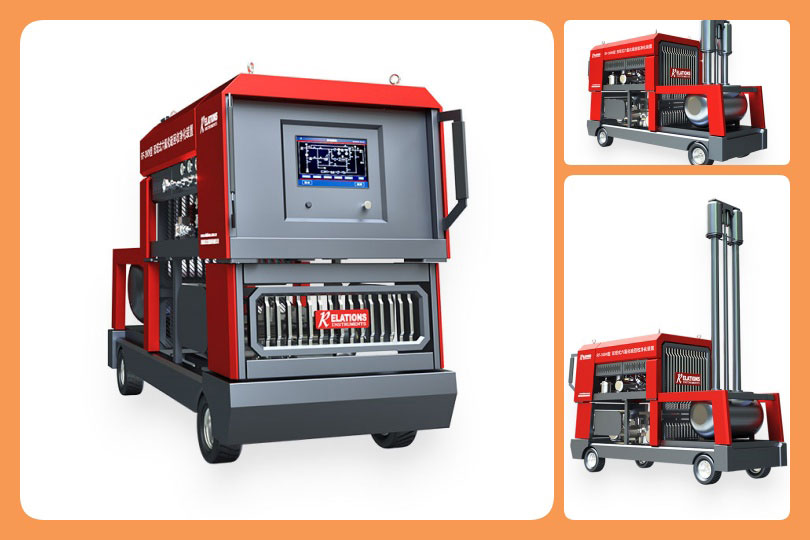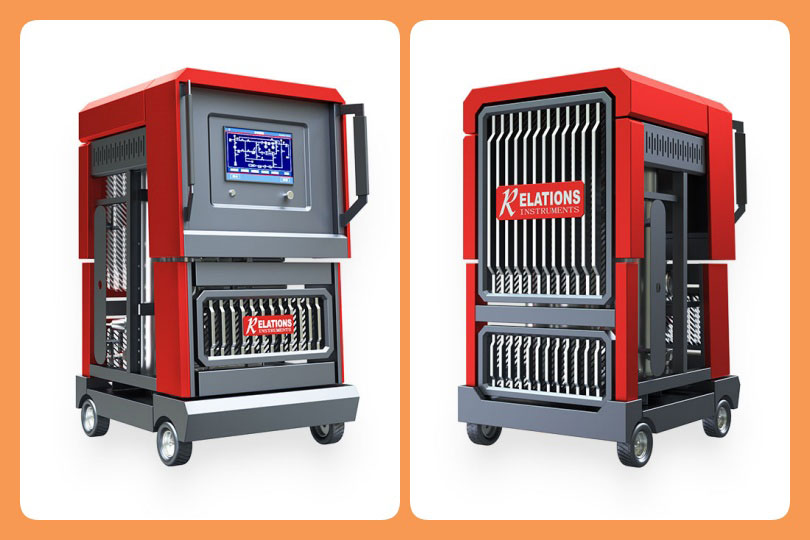Need Help: Providing Innovative and Sustainable Solutions.
Office Hours: 08:30am-6:00pm
Can SF6 Handling Equipment Be Used for SF6-N2 Mixture?
Date
2025-08-29
[email protected]
Website
www.sf6gasdetector.com
Get Solutions And Quotes
Can SF6 Handling Equipment Be Used for SF6-N2 Mixture?
In the power industry, SF6 (sulfur hexafluoride) is widely used for insulation and arc quenching in high-voltage equipment due to its excellent electrical properties. However, its high global warming potential (GWP) has led to the adoption of SF6-N2 (nitrogen) mixtures as a more eco-friendly alternative. A common question arises: Can existing SF6 handling equipment (e.g., recovery machines, gas chargers, analyzers) be used for SF6-N2 mixtures? The answer depends on equipment design, mixture ratio, and operational requirements—here’s a detailed breakdown.
1. Compatibility of Core SF6 Handling Equipment with SF6-N2 Mixtures
Not all SF6 equipment works seamlessly with SF6-N2 mixtures. Below is a breakdown of key equipment types:
a. SF6 Recovery Machines
Standard SF6 recovery machines are engineered to handle pure SF6, focusing on high recovery efficiency (typically ≥99.5%) and moisture removal. For SF6-N2 mixtures:
- Low SF6 concentration (≤30% SF6): Most standard machines struggle. N2 is inert and has a lower boiling point (-196°C) than SF6 (-63.8°C), making separation difficult with conventional cooling systems. This leads to low SF6 recovery rates and impure recovered gas.
- High SF6 concentration (≥70% SF6): Some machines with adjustable compression and separation modules may work temporarily, but long-term use risks component wear—N2 can increase pressure loads on compressors, reducing lifespan.
b. SF6 Gas Chargers/Refillers
Pure SF6 chargers rely on precise pressure control for uniform gas filling. SF6-N2 mixtures have different pressure-temperature (P-T) curves than pure SF6 (e.g., a 50/50 SF6-N2 mixture has ~30% lower pressure at 20°C than pure SF6). Using a standard charger:
- Risks incorrect mixture ratios, which degrade insulation performance in equipment like GIS (gas-insulated switchgear).
- May cause overfilling or underfilling, leading to operational failures.
c. SF6 Analyzers (Moisture, Purity Testing)
Standard SF6 moisture analyzers (e.g., dew point meters) and purity sensors are calibrated for pure SF6. For mixtures:
- Moisture analyzers often work if they use non-selective sensing technologies (e.g., chilled-mirror), but results may need adjustment for N2’s impact on gas density.
- Purity analyzers (e.g., infrared sensors) designed solely for SF6 will misread SF6-N2 mixtures, as N2 does not absorb infrared light at SF6’s wavelength.
2. Key Factors to Evaluate Before Use
To determine if SF6 equipment can be adapted for SF6-N2 mixtures, consider these critical factors:
a. SF6-N2 Mixture Ratio
The ratio directly impacts equipment performance. Power utilities commonly use 30/70 or 50/50 SF6-N2 mixtures for medium-voltage equipment. Equipment rated for high SF6 concentrations (≥80%) is more likely to be adaptable than those for pure SF6.
b. Equipment Material Compatibility
Nitrogen is non-corrosive, so it does not damage materials like stainless steel or fluoropolymers (used in SF6 equipment hoses and seals). However, check manufacturer specs—some older machines use rubber seals that may degrade faster under N2’s higher diffusion rate.
c. Process Requirements (Drying, Filtration)
SF6-N2 mixtures require the same moisture control as pure SF6 (typically ≤50 ppmv) to prevent equipment corrosion. Standard SF6 dryers work for mixtures, but ensure the dryer’s capacity matches the mixture’s flow rate—N2’s lower density may require adjusted airflow settings.
3. Safety and Compliance Considerations
Even if equipment is technically compatible, safety and regulatory compliance are non-negotiable:
- Industry Standards: Follow IEC 60480 (SF6 handling) and IEC 62271-203 (GIS with gas mixtures) guidelines. These standards require equipment to be validated for mixture use to avoid leaks or electrical failures.
- Environmental Compliance: SF6 is a regulated greenhouse gas. Using incompatible equipment may lead to SF6 emissions, violating regulations like the EU’s F-Gas Regulation or the U.S. EPA’s SNAP program.
4. Practical Recommendations
If you need to use SF6 handling equipment for SF6-N2 mixtures:
- Consult the Manufacturer First: Provide the mixture ratio and ask if the equipment can be modified (e.g., adding a N2 separator, recalibrating sensors).
- Test with Small Volumes: Conduct a trial run with a small amount of the mixture to check recovery efficiency, moisture levels, and pressure control.
- Invest in Specialized Equipment for Long-Term Use: For regular handling of SF6-N2 mixtures, choose equipment designed for gas mixtures (e.g., dual-gas recovery machines with adjustable separation systems).
While some SF6 handling equipment can be used for SF6-N2 mixtures (especially high-SF6-concentration blends), direct, unmodified use is not recommended. Compatibility depends on the equipment’s design, mixture ratio, and compliance with safety standards. To avoid operational risks and regulatory violations, always consult the manufacturer, test thoroughly, and invest in specialized equipment for long-term mixture handling. By following these guidelines, you can ensure safe, efficient, and eco-friendly gas management in power systems.
Realize The Recycling Of Sf6 Gas
